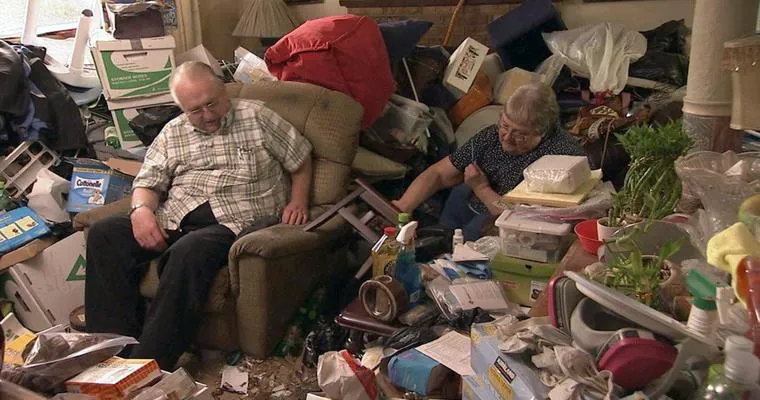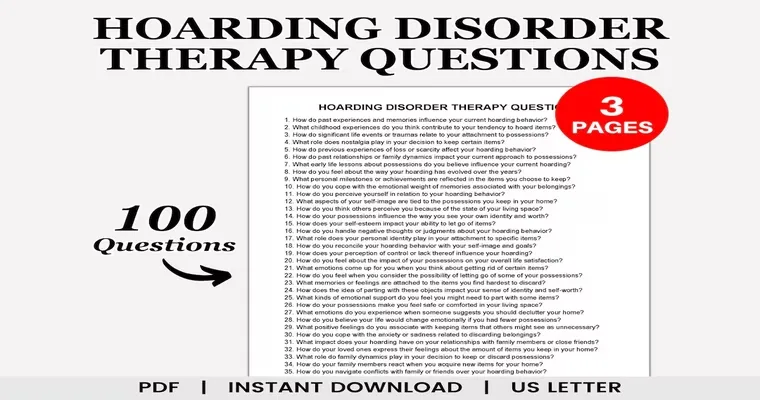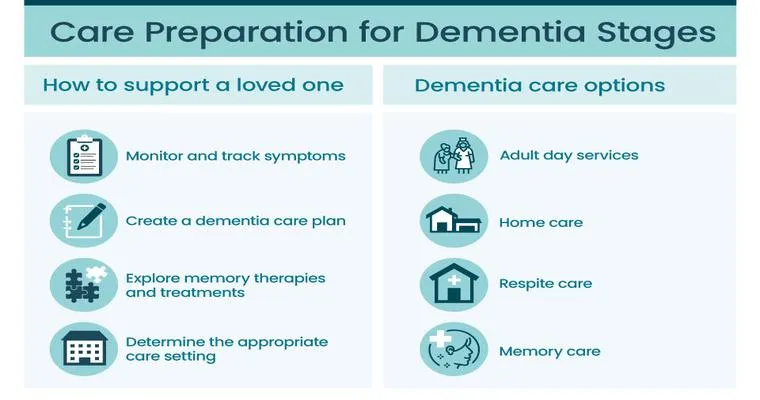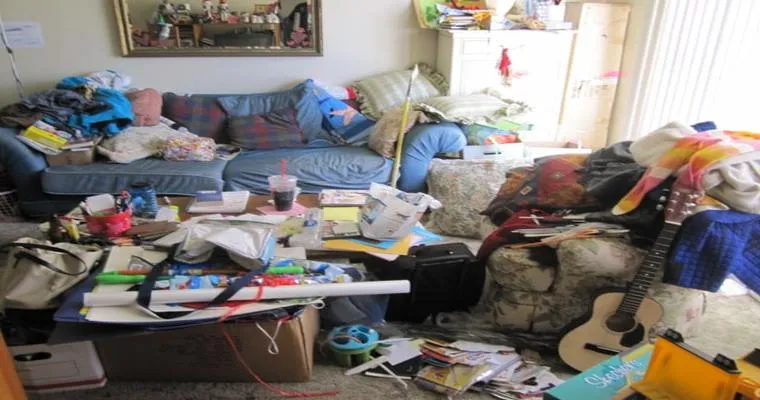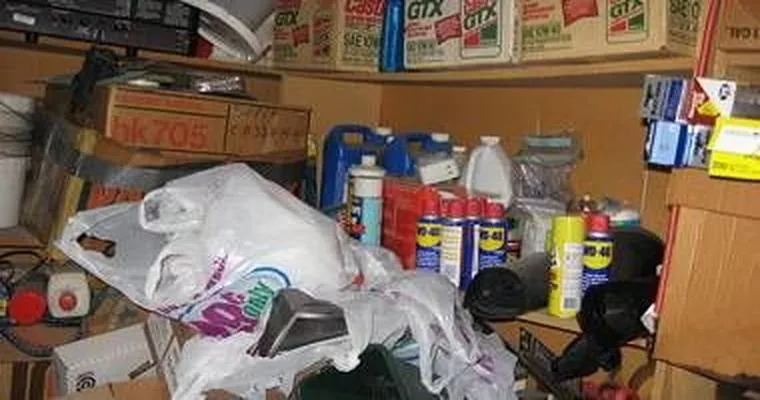Hoarding behavior is a complex psychological condition that often leads to significant "physical, emotional, and social consequences". As individuals age, the "dangers of hoarding" can become increasingly severe, impacting not only their own well-being but also that of their loved ones. This article explores the various ways in which hoarding behavior can escalate with age, the associated risks, and the importance of seeking help.
Hoarding is characterized by the persistent difficulty in discarding or parting with possessions, regardless of their actual value. For many older adults, this behavior can stem from a variety of factors, including "loss, trauma, and significant life changes". As they accumulate more items over the years, the physical space becomes cluttered, creating an unsafe environment. This clutter can lead to "falls, injuries, and even fire hazards", which are particularly concerning for older adults who may already face mobility challenges or health issues.
Moreover, the "social isolation" that often accompanies hoarding behavior can intensify as individuals age. Friends and family may become discouraged from visiting, leading to loneliness and depression. The shame associated with hoarding can prevent older adults from reaching out for support, further exacerbating their situation. It is crucial to understand that hoarding is not merely a habit but a serious mental health condition that requires attention and compassion.
In addition to physical and emotional dangers, the financial implications of hoarding can also be severe. Older adults might spend substantial amounts of money acquiring items they do not need, leading to strained finances and increased stress. Furthermore, the clutter can impede the ability to manage household tasks effectively, resulting in neglected maintenance and potential issues with housing authorities or landlords.
Recognizing the signs of hoarding behavior is essential for early intervention. Family members and caregivers should be vigilant for symptoms such as excessive acquisition of items, significant clutter in living spaces, and a reluctance to let others help organize or declutter. Open and supportive conversations can encourage older adults to seek professional help, which may include therapy, counseling, or support groups specifically designed for hoarding.
Treatment options can help manage hoarding behavior effectively. Cognitive-behavioral therapy (CBT) is often recommended, as it addresses the underlying thoughts and beliefs that contribute to hoarding. Support from mental health professionals, combined with practical assistance in organizing and decluttering, can lead to significant improvements in the quality of life for older adults struggling with this issue.
In conclusion, the "dangers of hoarding behavior" can become more pronounced with age, affecting physical safety, emotional health, and social connections. It is vital for families and caregivers to be aware of these risks and to approach the subject with empathy and understanding. Encouraging older adults to seek help can lead to a healthier and more fulfilling life, free from the burdens of hoarding. By addressing this issue, we can help ensure that our loved ones age with dignity and comfort.

